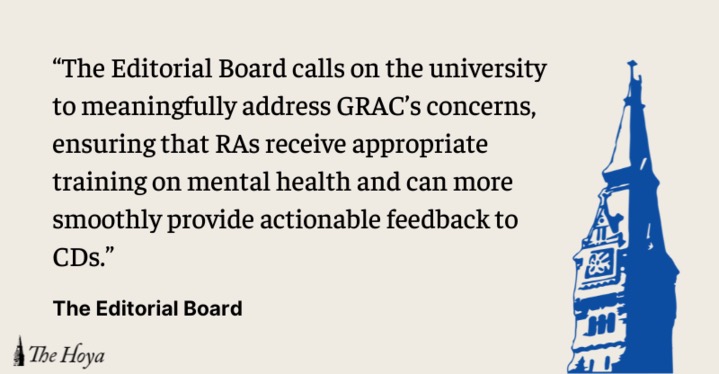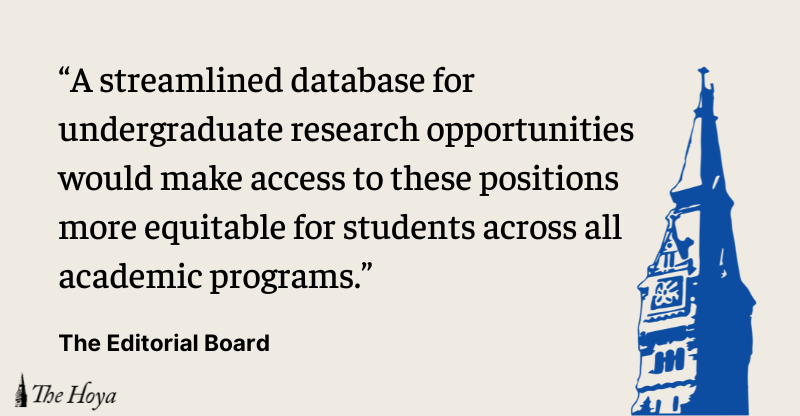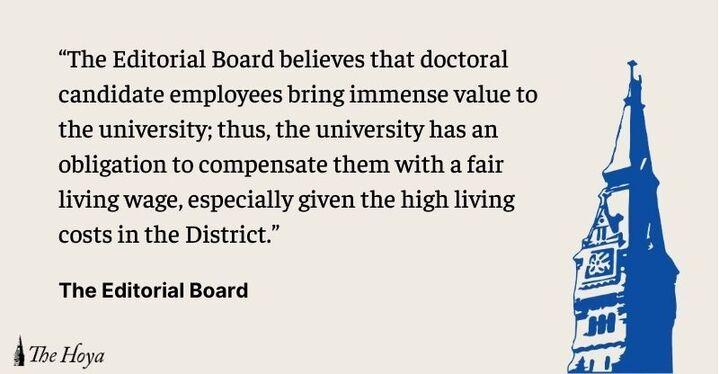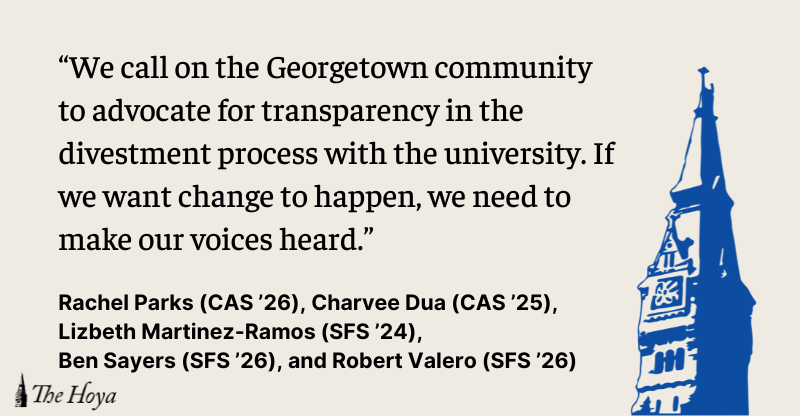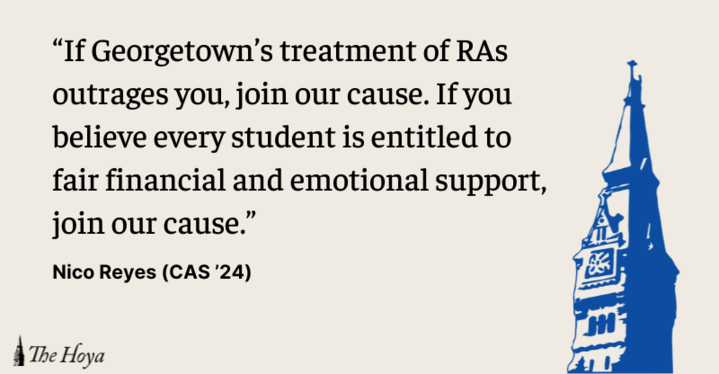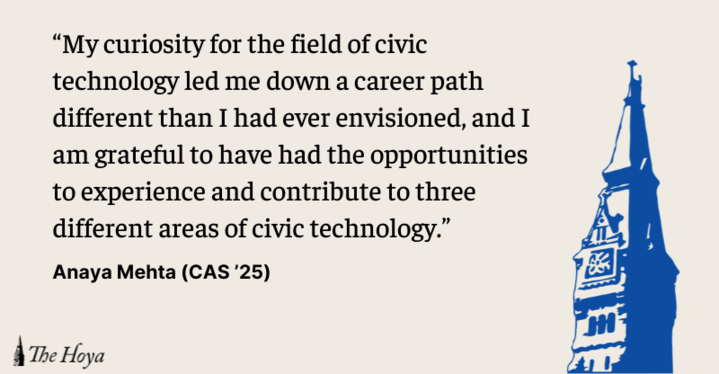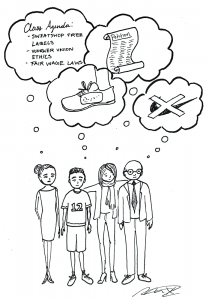 Student-athletes at Georgetown launched a campaign to raise awareness of the unethical business practices perpetuated by Nike — specifically the use of sweatshops in their production process. Operating on a nearly four-decade business relationship, Nike provides free gear to Georgetown Athletics in exchange for the guarantee that student-athletes will promote their brand by only wearing Nike at official competitions. The commitment of student-athletes to use their voices for the betterment of the voiceless is certainly commendable. But without a concrete plan, this campaign poses a mere inconvenience to the establishment rather than true impact for social good.
Student-athletes at Georgetown launched a campaign to raise awareness of the unethical business practices perpetuated by Nike — specifically the use of sweatshops in their production process. Operating on a nearly four-decade business relationship, Nike provides free gear to Georgetown Athletics in exchange for the guarantee that student-athletes will promote their brand by only wearing Nike at official competitions. The commitment of student-athletes to use their voices for the betterment of the voiceless is certainly commendable. But without a concrete plan, this campaign poses a mere inconvenience to the establishment rather than true impact for social good.
Student-athletes proved that their voices have significant power two weeks ago. A group of University of Missouri football players successfully pressured their university president to resign through the combination of protests and a clear list of demands. In December 2014, the Goergetown men’s basketball team became the first collegiate team to wear “I Can’t Breathe” T-Shirts in a showcase of support to the protests on the non-indictment of the police officers involved in Garner’s death.
Those participating in the awareness campaign, inspired by a discussion with anti-sweatshop activist Jim Keady last week, aim to form partnerships with fair factories and advocate for worker rights. However, the most visible action taken thus far has been the release of a photo on social media depicting the university-provided Nike sneakers of three student-athletes covered with tape to conceal the brand’s logo. Although the photo enjoyed considerable online support, there is little immediate connection between the release of such a photo and the campaign’s aim to collaborate with fair factories; in fact, campaign organizers claimed the meaning behind the photo was not meant to represent a boycott, despite how students interpreted the post.
Student-athletes who hope to make a difference as student activists must work to create a concrete plan. Those responsible for the campaign should attempt to build coalitions with athletic programs at other universities that contract with Nike, therefore increasing the breadth of their movement so that it can gain legitimacy and not be ignored.
Likewise, these activists should partner with workers’ rights organizations on and off campus like the Georgetown Solidarity Committee or Amnesty International. The help and support of students on campus must also be encouraged. Moreover, concerned student-athletes should take advantage of the opportunity to work with workers’ rights organizations based in Washington, D.C., such as United Students Against Sweatshops.
Solidarity is a powerful force for social justice. Those who choose to stand alongside the oppressed in protest and advocacy sustain a meaningful potential for world betterment. However, it is not enough to declare oneself opposed to injustice. Strategies centered on the mere statement of dissent are impotent in the face of exploitative global structures that continue to allow sweatshop conditions in the name of profit.




